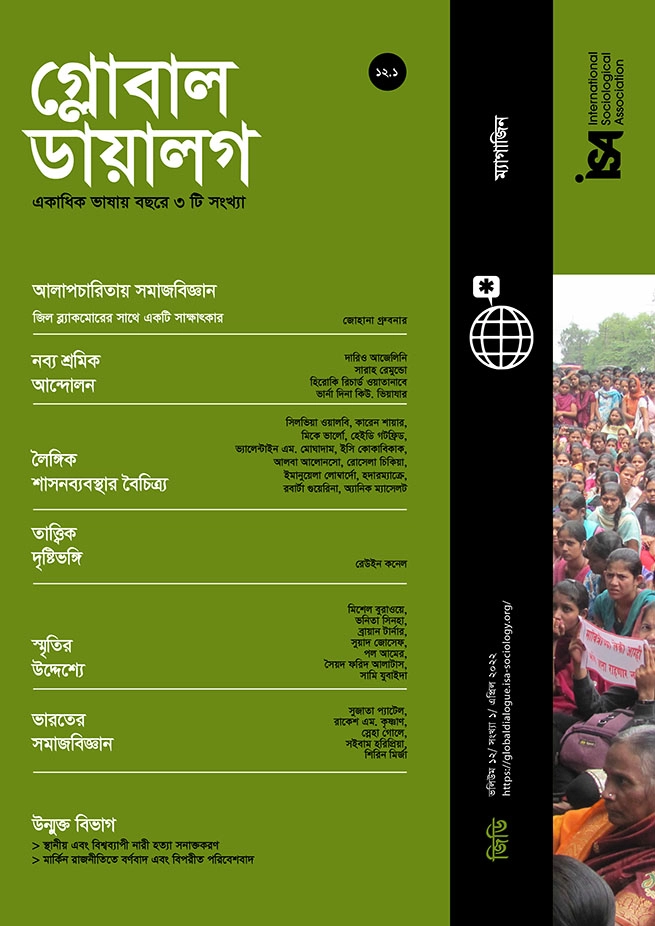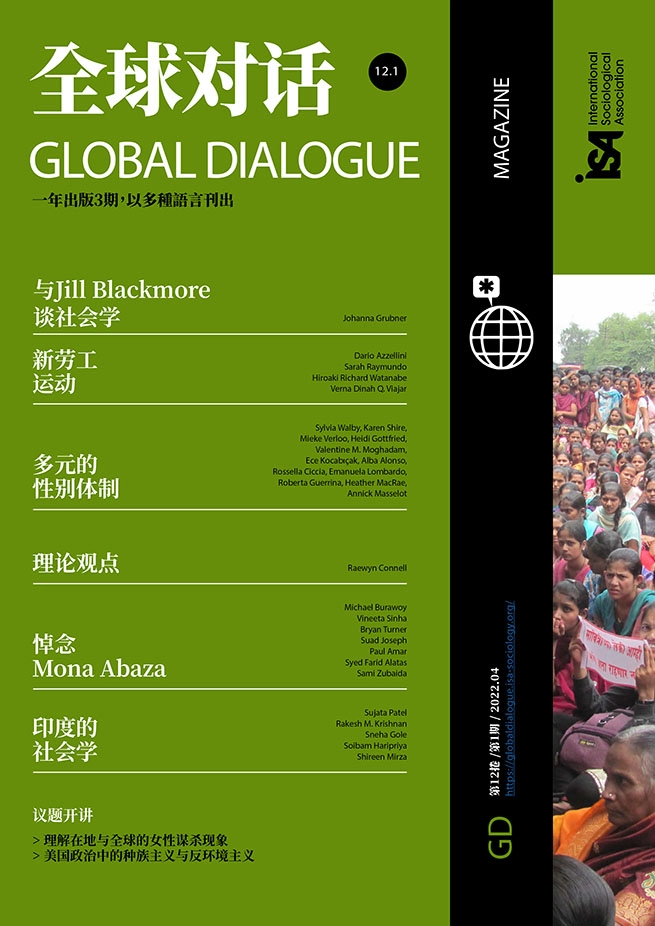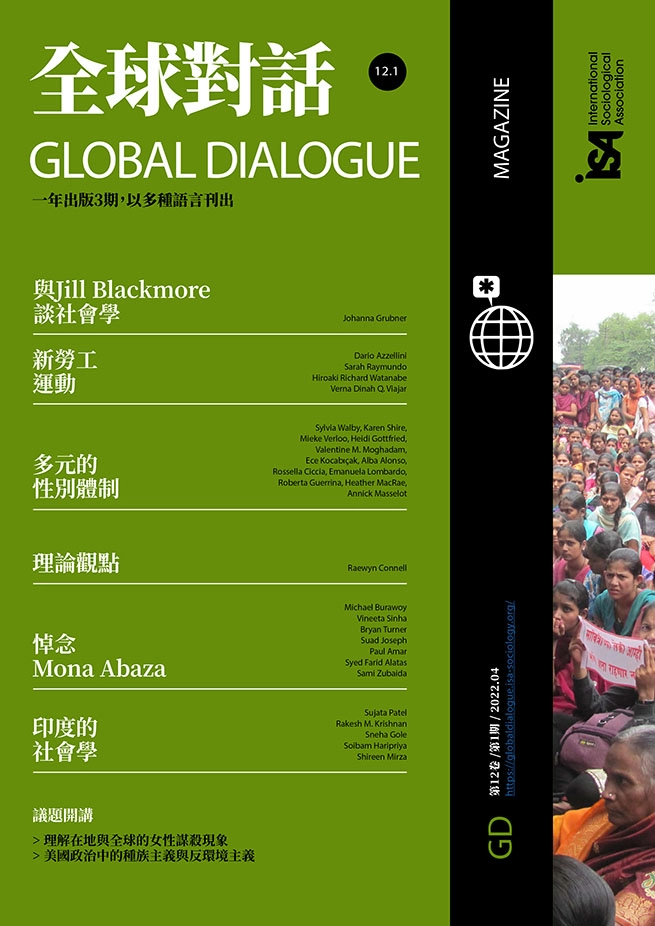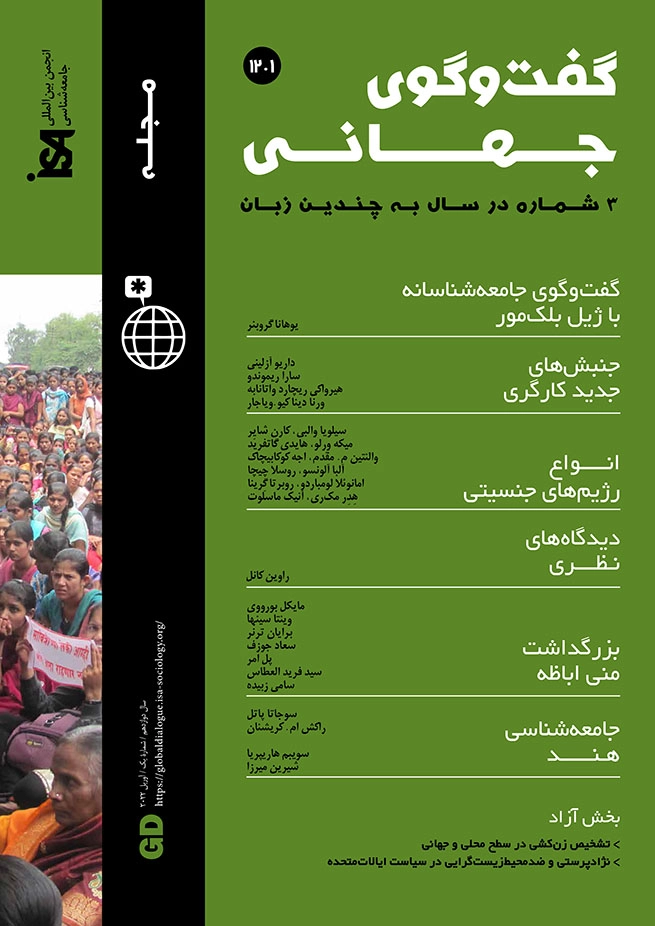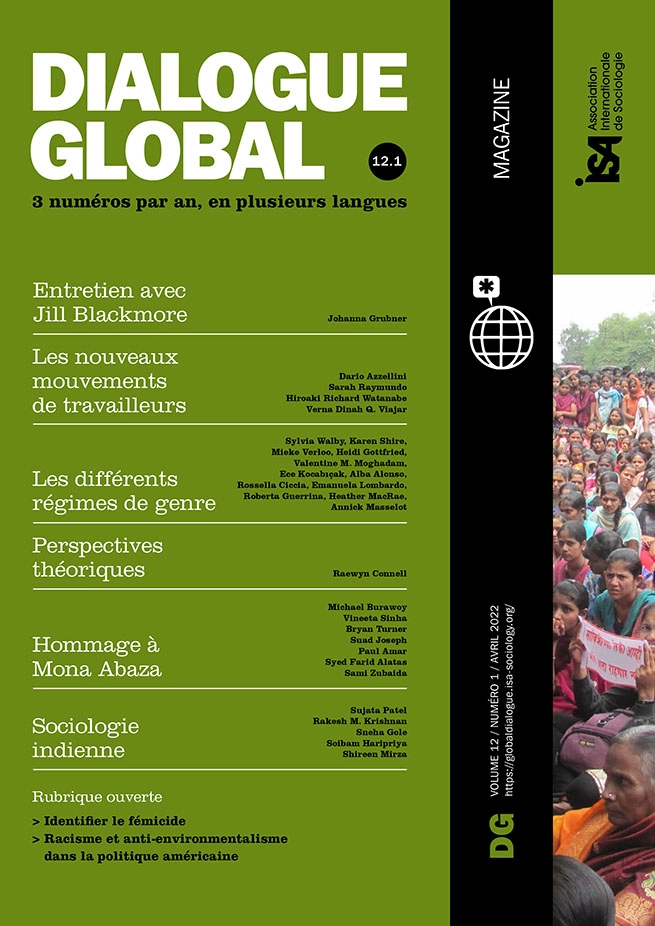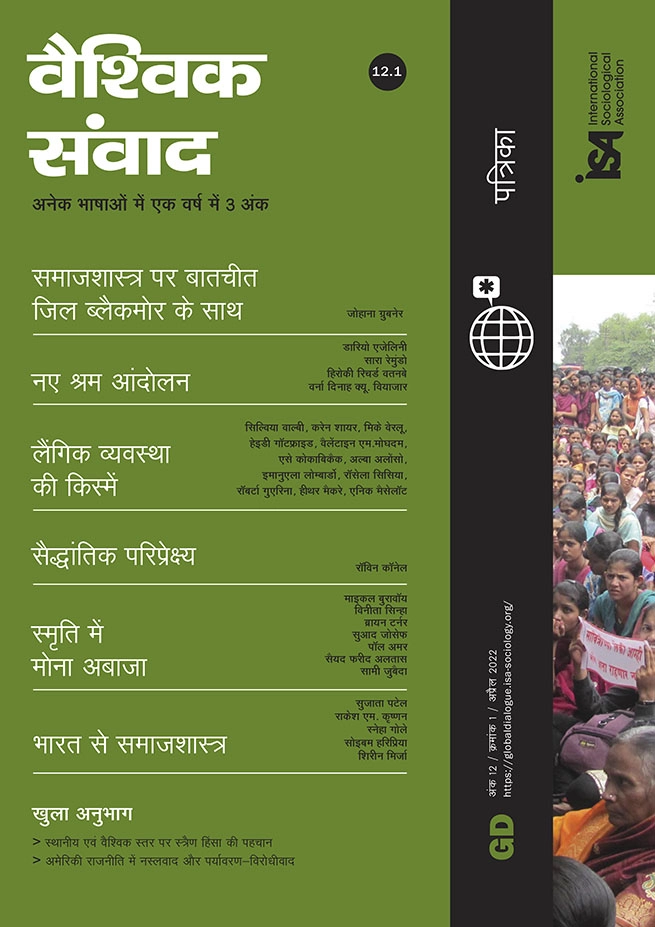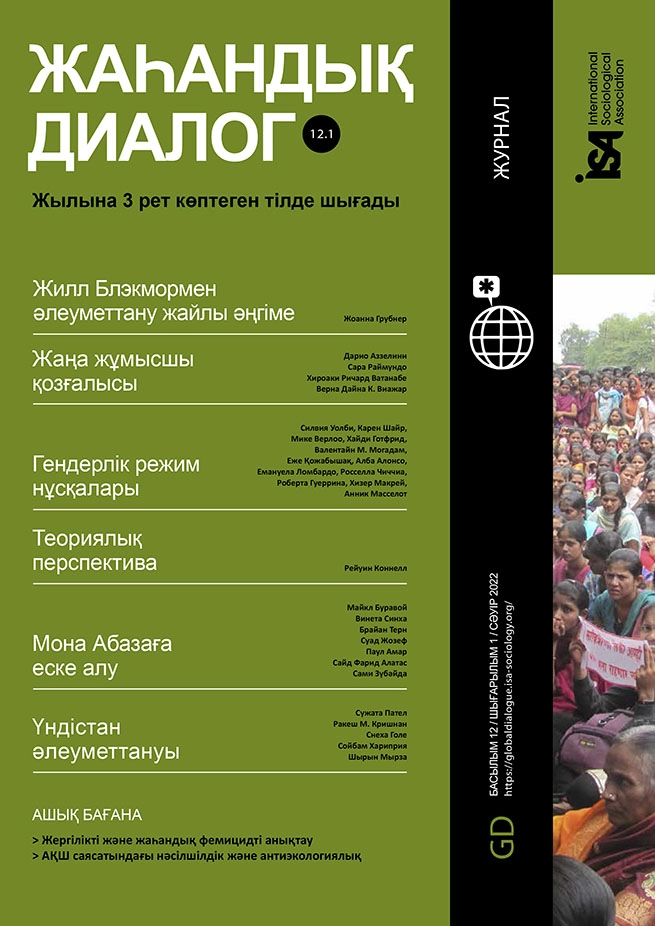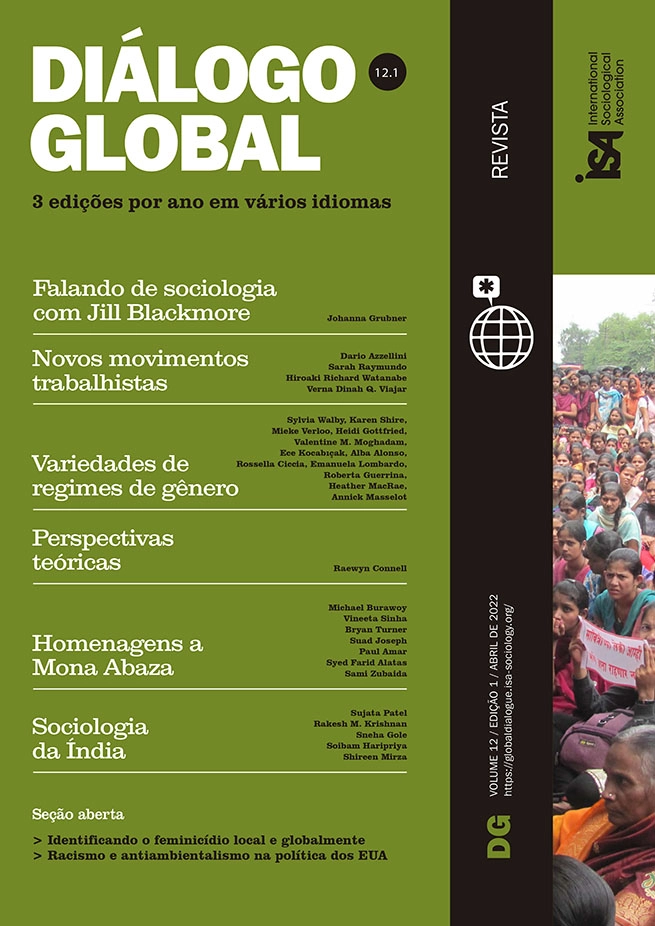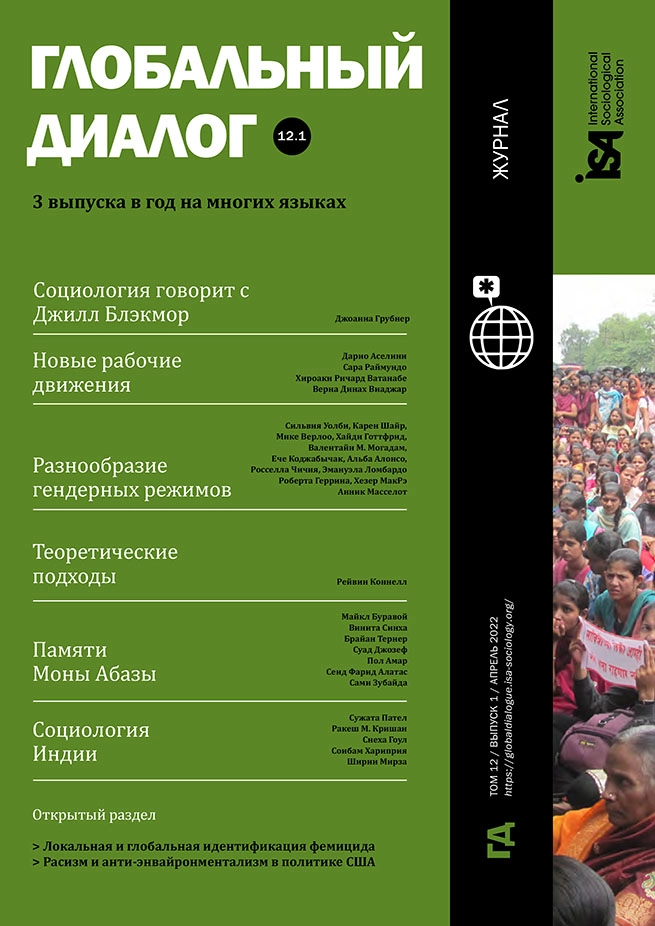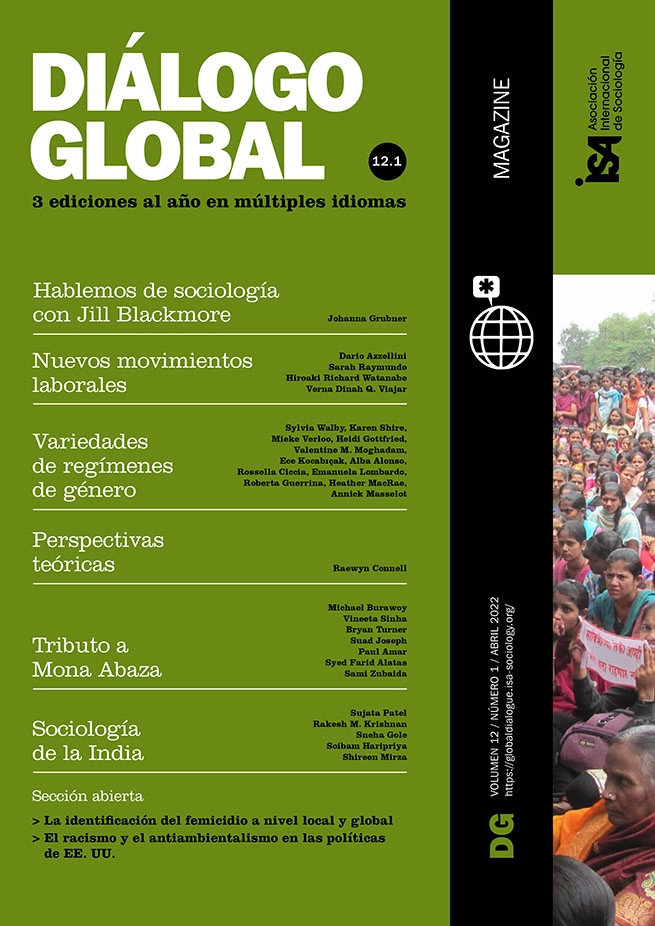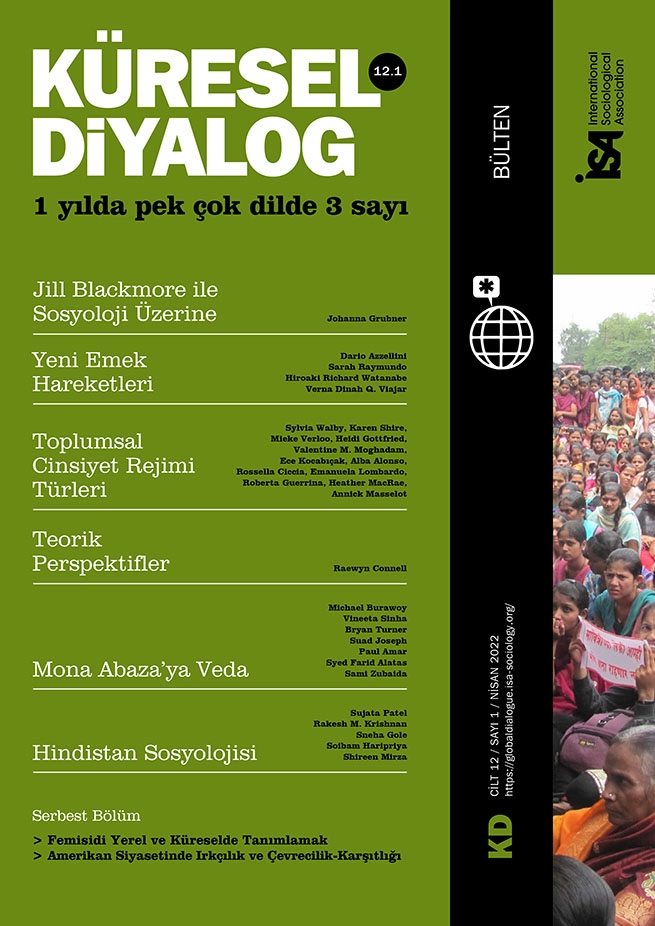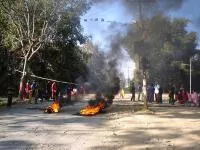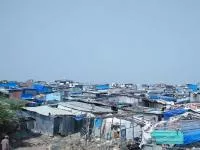Feminist Intersectionalities: New Approaches
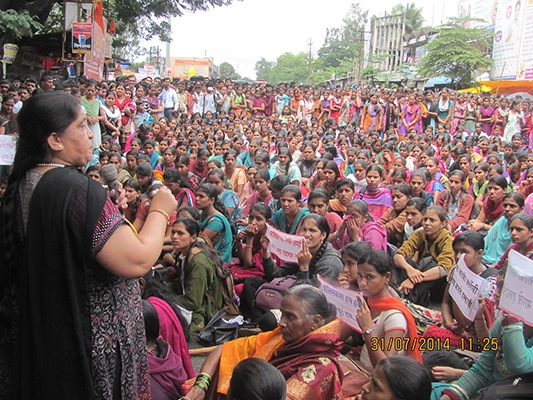
February 25, 2022
This paper engages with feminist fields and the reconstitution of the category “woman” in them. I examine how intersectionality and its particular conceptual trajectory in India (as against the context of gender-race in the USA) offers new ways of rethinking the contemporary understanding, by methodologically bringing narrative and memory studies together. I do this through analysis of life narratives of feminist activists (participants in the women’s movement) from the state of Maharashtra. I choose to privilege activist voices, as they are the most invested in understanding and operationalizing the subject of feminist politics. The activists I interviewed spanned three generations from one language community; the interviews show that they reframed their own memories in the context of the theory of intersectionality and the way it forces a rethinking of the category of woman.
Framing a monolithic “woman”
Hegemonic colonial and nationalist frameworks imagined the category “woman” in particular ways. In the colonial framework, the status of the “native woman” became proxy for civilization (or lack thereof) and the site for debates around “authentic” “Indian” tradition through nationalist confrontation between colonizers and elite native men. This led to a perception of women as representative of the nation – from Mother India to the valorization of the private against the public as an autonomous zone for the nation. The savarna/upper-caste middle-class woman came to be the proxy for the “Indian” woman. The hegemonic nationalist framework continued to signify women as “emblems of culture,” but the postcolonial state also addressed women as “weaker sections” of society, situating them simultaneously within modernity and tradition. Women were addressed either as biological reproducers through the institutionalized family planning program or as “non-working” wives through interventions like mahila mandals (women’s associations organized in the nationalist mode). Lower-caste working-class women as well as regional distinctions as defined within language communities remained invisible and marginal to this postcolonial formulation.
In the 1970s, a new phase of the women’s movement rethought these received categories by arguing for experience as a site of building knowledge and foregrounding questions of structural discrimination (understood through leftist ideologies) and violence against women. This phase of the movement challenged “tradition,” the private/public divide, and the casting of women as symbols of the nation. It focused on rural and working-class women, highlighting their role as exploited toilers and producers. This challenged dominant nationalist and colonial frameworks but focused on making visible women (in a monolithic way) as subjects of development/modernity, glossing over the inequalities among them.
The move to intersectionality
The 1990s marked a shift, with the nationalist discourse perceiving women through discourses of governance and the women’s movement making a shift from women to gender. This is the context in which intersectionality came to be explicitly operationalized on two levels: as a conceptual tool for analysis and as an organizational strategy adopted by non-party women’s groups representing various oppressed groups, such as: Dalits (the word literally means “broken” but has been reclaimed as an identity marker by ex-untouchable castes); lesbians; Muslims (embattled religious minority); and OBCs (Other Backward Classes – lower castes marked by social and economic backwardness). Each of these referenced the experience of a particular intersection and questioned its historical disappearance from the mainstream of feminist politics in India. Though it drew from African-American conceptualizations around race-gender, intersectionality in India had a complex trajectory, since gender came to be rethought along multiple axes – class, caste, tribes, sexuality, disability, language communities, and religious affiliations. Dalit feminist theorizing most sharply underlined the untenability of woman as the feminist subject by centering the different experiences and struggles of Dalit women, especially as reflected in the family-marriage-kinship system. However, caste as graded inequality poses a more complicated picture than the binary of race/class or savarna/Dalit and thus needs more probing. In this context, I have argued that the terrain of feminist politics shifted to re-assess the category “woman” in the light of the intersectionality thesis, as evidenced from the shifts in the life narratives of the same activists recounted at different points of time. Consequently, my work shows that intersectionality theory becomes a critical theoretical resource to comprehend ways through which “woman” gets reconstituted through graded inequalities.
The work of narrative and memory
If the 1970s allowed feminist activists to minimize difference arising from their specific caste status and mark a monolithic, universal feminine experience, today’s political context and the way the women’s question is reframed has influenced these activists to reconceptualize and comprehend their particular caste-class status and its relationship with the institutions of family-marriage-kinship-sexuality, and to reflect back on how these shaped their experiences. Activists, including those politicized in the 1970s and 1990s, recall their childhood and formative years through new prisms, now making sense of their life as women born in a particular caste and how this status shaped life circumstances and opportunities. Even activists whose ideologies had earlier suggested that caste should be perceived as a pre-modern category, and that its use in modernity depicted identity politics and was therefore divisive in creating a nation-wide feminist politics, were now willing to recount their lives by taking into account the various dimensions of the caste-class-gender-sexuality system that defines intersectionality in contemporary India. The story of the self was now remembered anew in terms of caste-class socialization mediated by the institutions of family, marriage, and kinship. Using life narratives as a method helps not only in reinterpreting memories of their lived intersectional realities of social status and privilege but also helps to theorize intersectionality within the Indian context. In the process it is possible to frame new feminist theories regarding the Indian version of intersectionality.
The life narrative method together with memory studies thus help us to see how contemporary perspectives in the feminist field have influenced the reconstruction of a new feminist-activist self; they open up for them and for feminist studies questions of privilege/subordination across various hierarchies in India. Not only does this method point to the significance of feminist reflexivity when it is used to challenge the discourse of “woman” as conceptualized within hegemonic frameworks – colonial, national, or early feminist – but it also helps to bring forth a theoretical understanding of how to comprehend contemporary intersectionality. Also, this methodological engagement allows us to open and recontextualize individual memories to understand shifts in collective politics and outline possible pathways. Intersectional theory can then be perceived as the complex positioning of the gradation of caste groups/religious communities/language communities in contemporary Indian society. Of course, given that these interviews were conducted within one language community our hypothesis remains restricted to an assessment of intersectionality in one region. But it also opens up for discussion the differences and interconnections between such hierarchies that exist within other language communities within India. This project, then, does not offer a template for understanding other regional and political contexts, but rather a way of approaching these questions. This story, which draws from a particular regional field, has many lessons for our understanding of the contemporary construction of woman in India.
Sneha Gole, Savitribai Phule Pune University, India, <gole.sneha@gmail.com>


